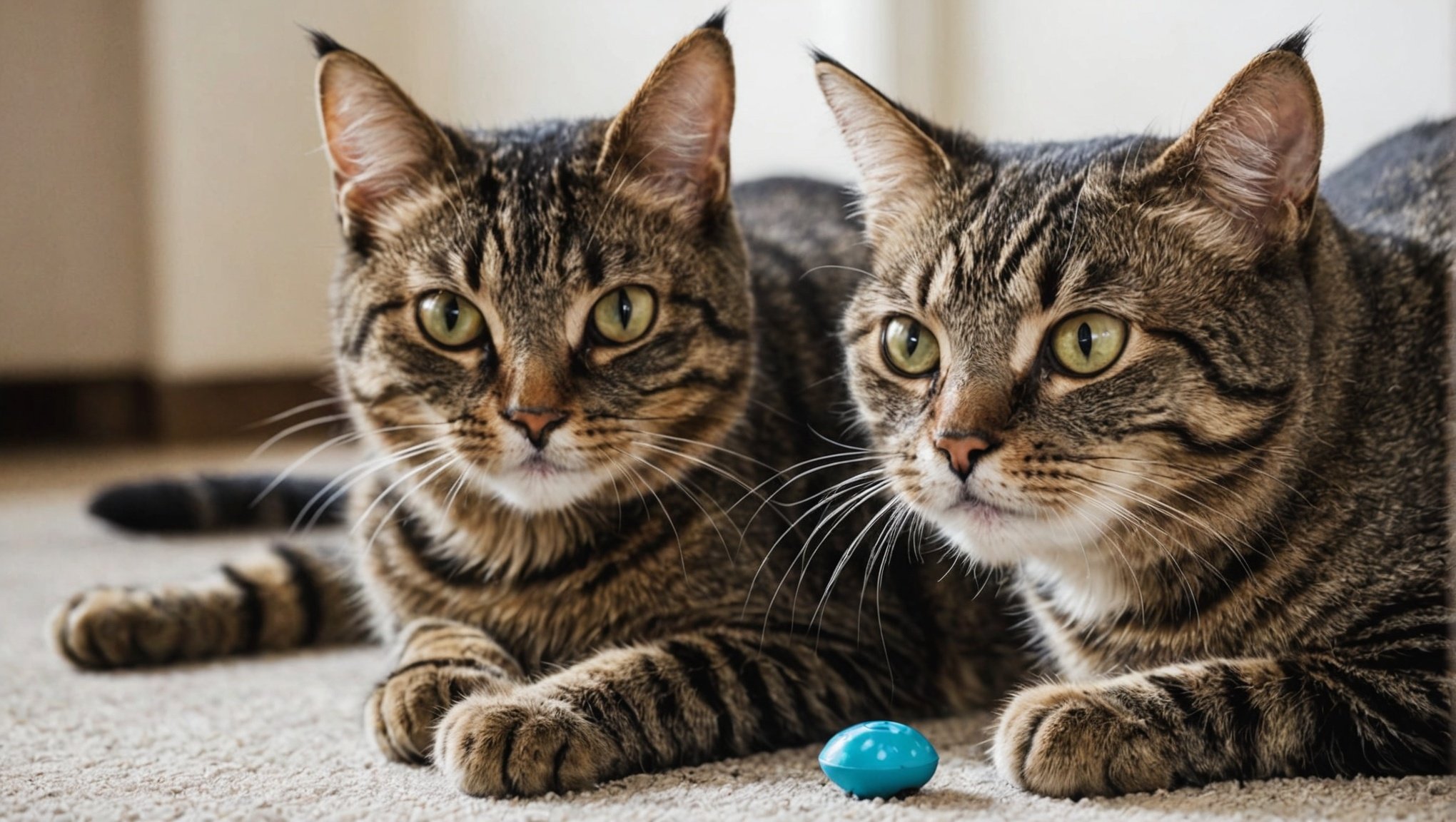Regardless of the old saying, you can teach a cat new tricks. Your pet cat can learn a variety of behaviors and commands, and one effective method that is gaining popularity is clicker training. Clicker training is a positive reinforcement technique that is often used to train dogs but can be highly effective for cats as well. The process involves using a small device that makes a distinct clicking sound to signal to your cat when they have performed a desired behavior. This training method can be a great way to bond with your cat, enrich their daily routine, and manage behavioral problems.
Understanding Clicker Training
Before diving into the nitty-gritty of clicker training your cat, it’s essential to understand what clicker training is all about. Clicker training is grounded in positive reinforcement. The theory is straightforward: your cat will repeat behaviors that are rewarded. The clicker is a tool to communicate with your cat, telling them exactly when they did something right.
Lire également : How do you plan a balanced raw food diet for a cat, ensuring all nutritional needs are met?
The clicker makes a sound, a short, distinct "click," different from any other sound in your cat’s environment. Immediately after the click, you give your cat a treat. Over time, your cat learns to associate the sound with the treat. Once that association is established, you can use the clicker to mark the exact instant your cat performs the right behavior.
The First Step: Connecting the Click with a Reward
The initial step in clicker training is to teach your cat to associate the click with a reward. To do this, you will need a clicker and some treats. It is recommended to use small, easily consumed treats that your cat loves. The goal is to have your cat eat the treat quickly so you can continue with the training.
A voir aussi : What is the procedure for safely removing a tick from your cat and preventing future infestations?
Start by finding a quiet, comfortable space free of distractions. Have your cat, the clicker, and the treats at hand. Press the clicker and immediately give your cat a treat. It’s crucial to make sure the treat follows the click immediately, so your cat makes the correct association. Gradually, your pet will understand that every time they hear the click, they will receive a treat.
Teaching Basic Commands: Sit
Once your cat has made the association between the click and the treat, you can start training specific behaviors. Let’s start with something simple: teaching your cat to sit.
Choose a moment when your cat is relaxed yet attentive. Hold a treat slightly above its head and move it back toward its tail. Most cats will naturally sit when they look up and tilt their head back. The moment your cat’s bottom touches the ground, click and offer a treat.
The timing of the click is crucial. It must occur at the exact moment the desired behavior happens, not after. With repetition, your cat will start associating the act of sitting with the click and the treat.
Advanced Training: Hand Targeting
After your cat has mastered the "sit" command, you can proceed to a more advanced behavior: hand targeting. This behavior can be useful to lead your cat in a specific direction, to a carrier, for instance.
Start by extending your hand towards your cat, a few inches from its nose. Cats are naturally curious and will likely move to sniff your hand. When their nose touches your hand, click and offer a treat. Repeat this process multiple times until your cat consistently touches your hand with its nose following the click and treat.
Clicker Training as Behavior Modification
Clicker training can also be an effective method of behavior modification for problematic behaviors. For instance, if your cat scratches furniture, you can use clicker training to teach them to use a scratching post instead.
Start by leading your cat to the post using the hand targeting behavior. When your cat touches the post with its paws, click and give a treat. Repeat this, gradually waiting for your cat to scratch the post before clicking and treating.
Remember, to successfully integrate clicker training into your cat’s daily routine, patience and consistency are key. Training sessions should be short and fun for your cat, not exceeding 15 minutes. With time, your cat will look forward to these sessions, seeing them as a source of treats and positive interaction.
Remember, the ultimate aim of clicker training is not only to have a well-behaved pet but also to strengthen the bond between you and your beloved feline friend.
Incorporating Clicker Training into Daily Activities
Now that you have a basic understanding of how to use clicker training for teaching commands and modifying behavior, the next step is to incorporate this training method into your cat’s everyday routines. By doing so, you can make the most of your interactions with your pet and gradually improve their behavior.
Let’s start with a common activity: feeding time. Typically, your cat will show excitement when it’s time to eat. You can use this opportunity to practice the "sit" command. Before you put down the food dish, use the clicker to get your cat to sit. Only after your cat sits should you place the food dish down. This way, you are reinforcing the "sit" command and teaching your cat a new way to behave during feeding time.
Another everyday activity where you can integrate clicker training is during playtime. Cats love to play, and using their favorite toy can be a strong motivator for learning new commands. For instance, if your cat loves a specific toy, you can use it to reinforce the hand targeting behavior. Start by showing your cat the toy, then extend your hand towards your cat. When your cat touches your hand, click and allow your cat to play with the toy. This method effectively turns playtime into a training session, making it a fun experience for your pet.
Finally, you can also use clicker training to improve your cat’s litter box behavior. If your cat tends to kick litter out of the box, you can train them to behave differently. Wait for your cat to finish using the litter box, then click and treat when your cat exits the box without kicking any litter out. This way, you are teaching your pet to associate the act of leaving the litter box calmly with positive reinforcement.
Conclusion: Strengthening Your Bond Through Clicker Training
In conclusion, clicker training is an effective tool for teaching your cat new tricks, modifying problematic behaviors, and improving your pet’s daily routine. It requires patience, consistency, and a good understanding of positive reinforcement principles. But the rewards are well worth the effort.
Not only does clicker training result in a well-behaved cat, but it also strengthens the bond between you and your pet. Every click and treat is a moment of positive interaction, a shared achievement that brings you closer together. By integrating clicker training into everyday activities such as feeding time, playtime, and litter box use, you are creating countless opportunities for connection, communication, and mutual understanding with your furry friend.
Remember, the key to successful clicker training is to keep sessions short, positive, and fun. Always end on a high note, making sure your cat associates training with pleasant experiences. With time, cat training will become a cherished part of your routine, a special time where you and your pet learn, grow, and bond together.











